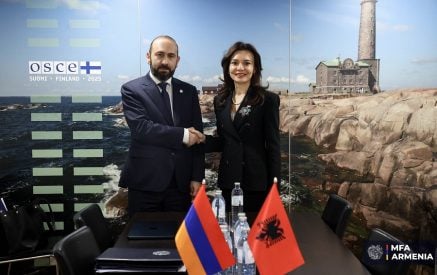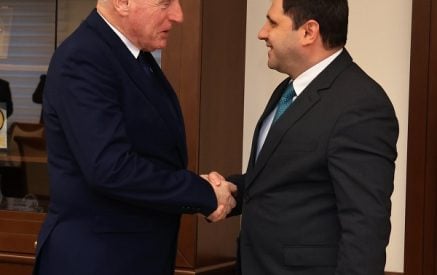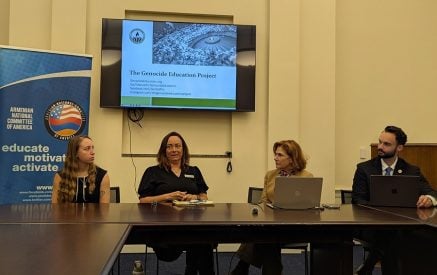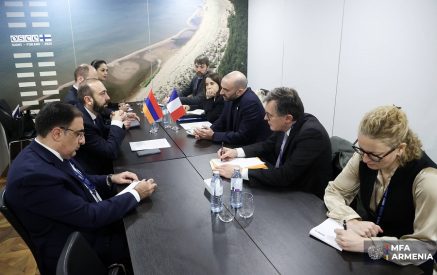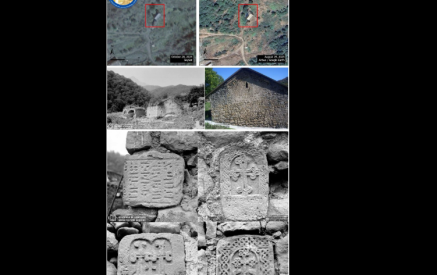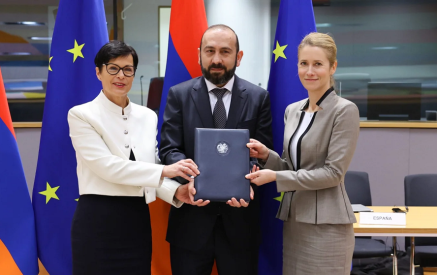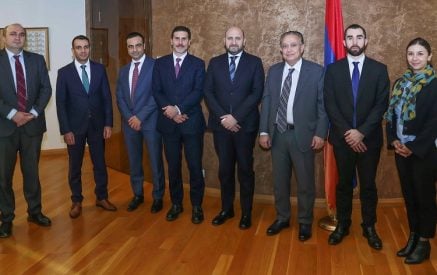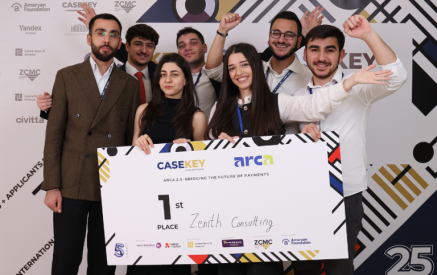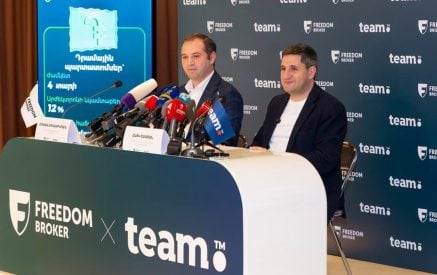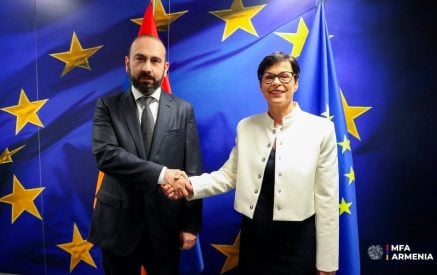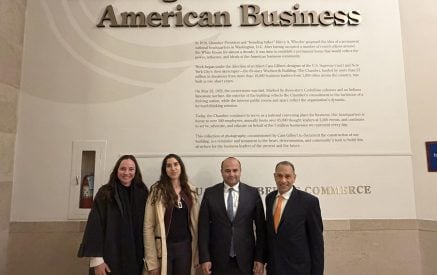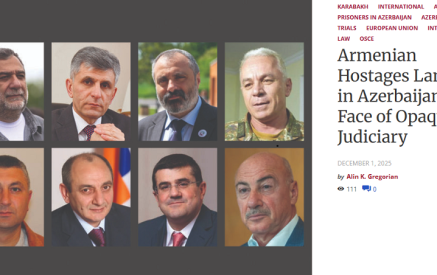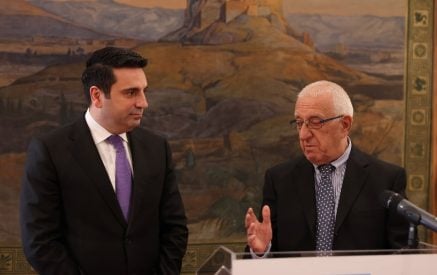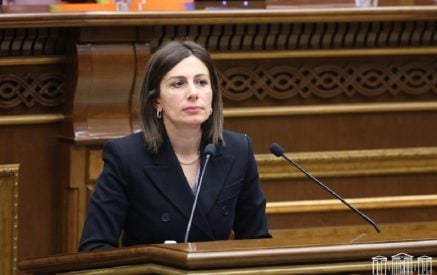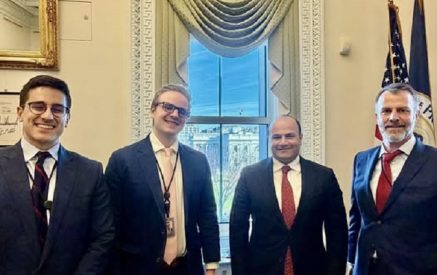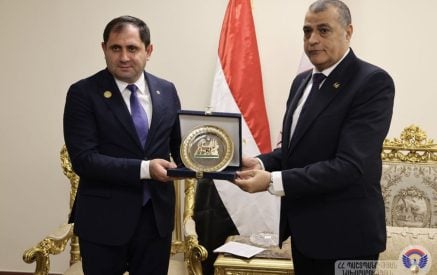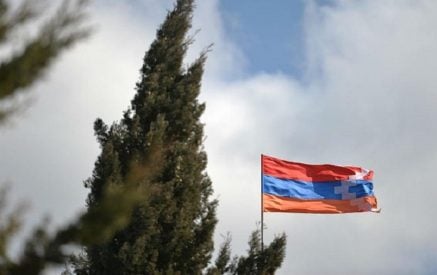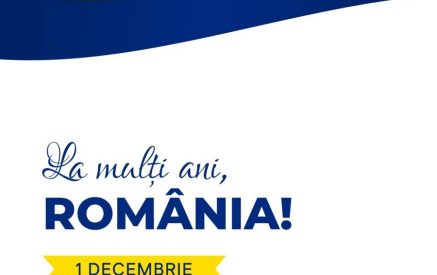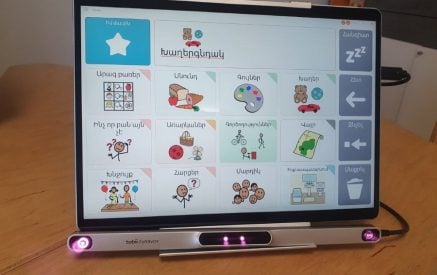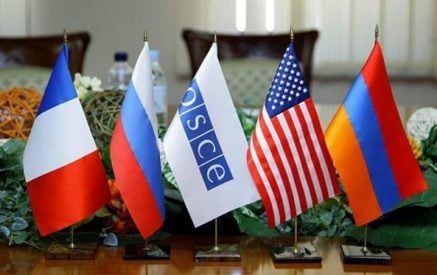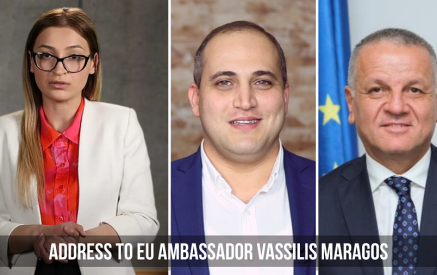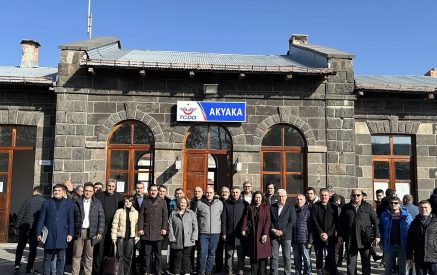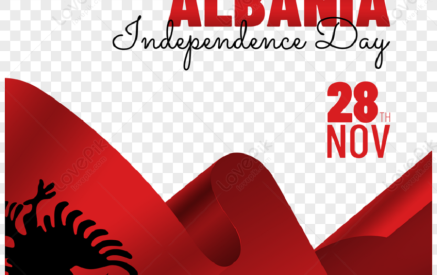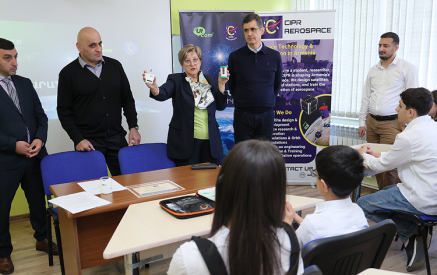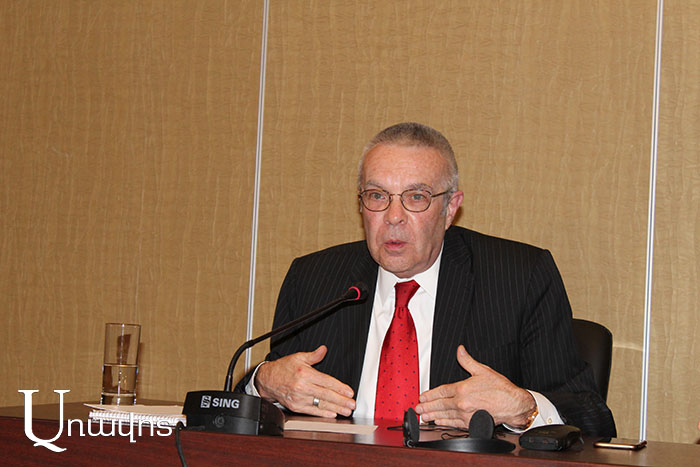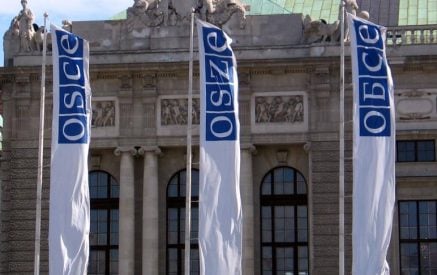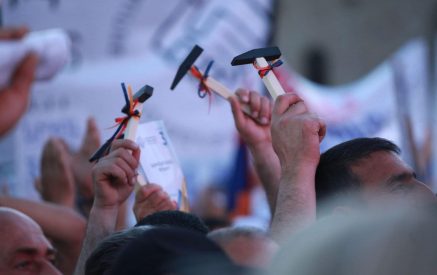Journalists asked OSCE Minsk group Co-Chair Richard Hoagland to explain in detail what means “Lavrov” plan. He answered that diplomatically they don’t use that term, but there is a plan on the table:
“It is very comprehensive, it is in three parts, but it would not be proper for me to tell you in detail anything about it because both sides negotiating need to work on those various aspects of it. And in diplomacy it is like a card game: when you are holding cards, you don’t put all the cards on the table for everyone to see. So it is the same thing with diplomacy: when there is a plan, it might be very good, but there might be parts that need to be a little bit rearranged or a little bit changed. So we don’t talk about the details in advance.”
He added that both sides have a clear understanding of the plan: “The plan on the table is very detailed, is very clear. And I am absolutely confident that the intelligent authorities on all sides understand what is in that plan. The role of the diplomacy is to create conditions to help them get to the table so whether there are areas where they disagree they can begin to hammer out those disagreements.”
To the question has Russia initiated that plan, Richard Hoagland answered: “I have read any number of plans over the years. The plan on the table right now is no way radically different from plans in the past. Which specific individual or country sat at the table late at the night wrote this plan … I am not going comment on that. But I can say that this is a very good, internationally approved plan. OSCE supports it and Co-Chairs support it and Co-Chair government support it.”
Read also





